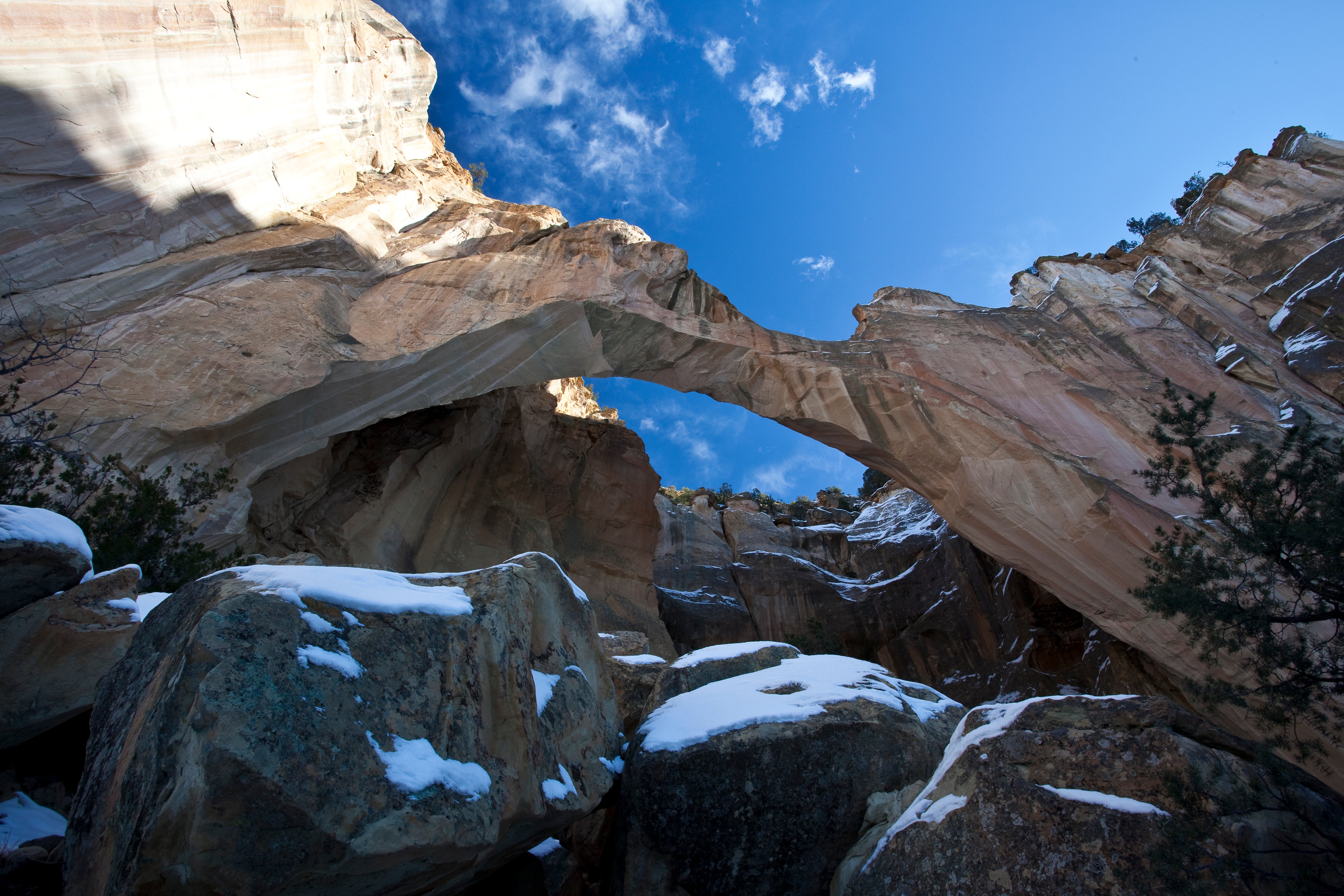U.S. Forest Service Aims to Restrict Wilderness Photography

'image: Bureau of Land Management'
**Update, Fri. September 26, 4:32 PM**
The Forest Service has released a statement clarifying some of the proposed changes for media and commercial photography in wilderness areas.
“The US Forest Service remains committed to the First Amendment,” said U.S. Forest Service Chief Tom Tidwell. “To be clear, provisions in the draft directive do not apply to news gathering or activities.”According to the USFS, the proposal will not apply to typical news gathering activities or to recreational photographers taking photos or video for their own personal use. An apparel company doing a photo shoot for a catalog, on the other hand, would likely need to acquire a permit. This may cost between $30 and $800 depending on the size of the scope of the filming, the USFS says. The statement disputes the widely-cited $1,500 price tag for some commercial permits, saying that that number refers to “a different proposed directive,” though it does not offer any further detail. Some technicalities and grey areas remain unclear, such as in the case of small outdoor blogs and websites that bring in revenue from ad sales and affiliate links.
The agency has extended the deadline for public comment on this proposal to December 3.
A picture may be worth a thousand words, but is it worth more than a thousand dollars? It could be soon, if the U.S. Forest Service has its way.
In a move that has alarmed First Amendment advocates, the Forest Service is pursuing new media coverage restrictions that would require reporters, photographers, documentarians, and even amateur bloggers armed with smartphones to acquire permits for any photos or videos taken in the country’s wilderness areas. The Oregonianreports that the permits could cost up to $1,500, with violators facing fines of up to $1,000. The only exceptions would be in cases of ‘breaking news,’ though it’s unclear how broadly that term may be interpreted under the new proposal.
Forest Service officials say that they are simply following the requirements of the 1964 Wilderness Act, which aims to protect the untrammeled state of federally designated wilderness areas and prevent them from being commercially exploited.
But critics of the proposal fear that such a policy would be tantamount to censorship, since the Forest Service could potentially deny permits to news outlets for any reason. “We’re headed down a really slippery slope if we allowed the government to include editorial and news gathering activities in commercial use,” Mickey H. Osterreicher, general counsel for the National Press Photographers Association, told the Associated Press.
There are also practical difficulties to enforcing a law that would apply to over 100 million acres of wilderness scattered across 50 states. “What does the Forest Service plan to do next—monitor Instagram accounts and fine users that post pictures of our wilderness areas?” U.S. Representative Peter DeFazio (D-Oregon) told the Statesman-Journal.
The Forest Service is accepting public comment on the proposal until November 3.
Read more: Oregonian | Statesman Journal | Associated Press